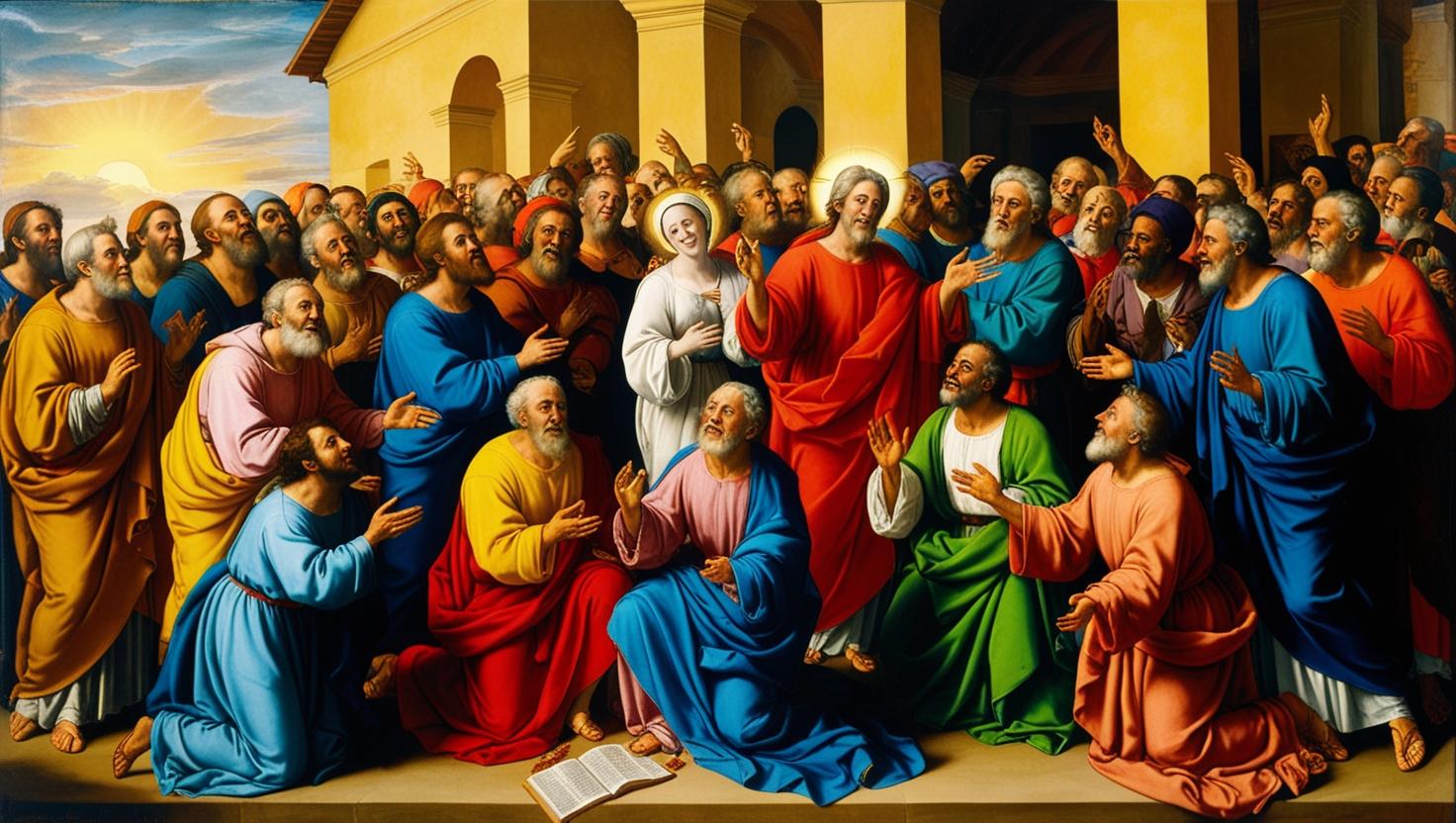When Jesus walked the earth, He spoke of something powerful and eternal—His church. In Matthew 16:18, Jesus declared to Peter, “Upon this rock I will build My church, and the gates of Hades shall not prevail against it.” But what was the “rock” that Christ was referring to? It wasn’t Peter himself, as some teach. Rather, it was the confession Peter made in verse 16: “You are the Christ, the Son of the living God.”
This confession—that Jesus is the promised Messiah and divine Son of God—is the very foundation upon which the church was built. Not on Peter, a man, but on the unshakable truth that Jesus is Lord.
The Promise of the Church
Before its establishment, the church was spoken of in future tense. Jesus didn’t say the church was built during His earthly ministry—He said, “I will build My church.” This clearly shows it was not yet in existence. However, throughout the Gospels, Jesus laid the groundwork by preparing His apostles for the mission ahead.
After His resurrection, Jesus commanded His apostles to wait in Jerusalem for the power from on high—the Holy Spirit (Luke 24:49; Acts 1:4-5). He told them they would receive this power and become His witnesses, starting in Jerusalem and spreading to the ends of the earth (Acts 1:8). Everything was leading up to the moment when the church would be established.
The Day of Pentecost – A Fulfillment of Prophecy
In Acts chapter 2, we see the fulfillment of these promises. Pentecost was a Jewish feast celebrated 50 days after Passover. On that particular day, God chose to reveal His eternal plan.
The apostles were gathered when the Holy Spirit came upon them with power—a sound like a mighty rushing wind and tongues of fire appeared over each one (Acts 2:1–4). They began to speak in different languages so that Jews gathered from every nation could hear the gospel in their own native tongue.
Peter, standing with the eleven, preached the first gospel sermon in the name of the risen Christ. He boldly proclaimed Jesus as Lord and Christ, the fulfillment of Old Testament prophecy, and showed how they had crucified the very Son of God (Acts 2:22–36). The people were “cut to the heart” and asked, “What shall we do?” (Acts 2:37)
The Church Is Born
Peter gave them God’s answer: “Repent and let every one of you be baptized in the name of Jesus Christ for the remission of sins, and you shall receive the gift of the Holy Spirit” (Acts 2:38). That very day, about 3,000 souls were baptized and added to them (Acts 2:41).
But who added them? Verse 47 gives us the answer: “And the Lord added to the church daily those who were being saved.”
This marks the beginning of the church—not a denomination, not a man-made institution, but the church that belongs to Christ, built upon the truth Peter confessed: Jesus is the Christ, the Son of the living God. From this point forward in Scripture, the church is spoken of as a present reality (e.g., Acts 5:11; Acts 8:1; Acts 11:22).
The Identity of Christ’s Church
The church that began on Pentecost is Christ’s body (Ephesians 1:22–23), the group of the saved, the called-out people who submit to Jesus as Lord and follow the apostles’ doctrine (Acts 2:42). This church is not divided by human names or creeds. It has one head—Christ—and one rulebook—the Bible.
Sadly, over time, men have created many churches, doctrines, and divisions. But God has only authorized one church—the one Jesus built, established in Jerusalem on Pentecost. We can still be part of that church today by obeying the same gospel message Peter preached in Acts 2.
How to Be Added to Christ’s Church
If we believe that Jesus is the Son of God, repent of our sins, confess Him as Lord, and are baptized for the forgiveness of sins, the Lord will add us to His church—just like He did on Pentecost. No joining of a denomination. No man-made ceremony. Just simple obedience to the gospel.
Conclusion
The day of Pentecost marked the beginning of the greatest institution in history—the church that Jesus Christ built. It was not built on Peter, nor on human tradition or denominational structures, but on the unchanging truth that Jesus is the Son of God. Its foundation is Christ, its doctrine is the apostles’ teaching, and its members are those who have been saved by God’s grace through obedient faith.
Let us return to the original pattern. Let us be members of Christ’s one church, the church He purchased with His own blood (Acts 20:28), established on Pentecost, and revealed through His Word for all generations.


0 comments